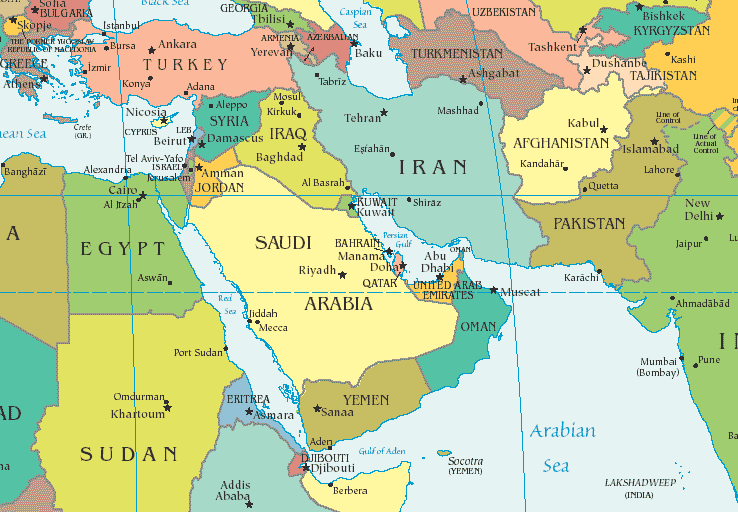Saudi Kalleji Dance
Khaliji refers to a style of dance and music from the Persian Gulf or Arabian Gulf region, the “Khalig,” including Bahrain, Kuwait, Oman, Qatar, Saudi Arabia, and the UAE.
Performed in large ornate gowns solo and in groups.
Taking a look at the area where is has developed shows us these are water oriented societies.
With boats, fishing, pearl diving, importing and exporting as a major aspect of lives.

This dance is largely improvisational, performed by pairs or groups of mostly women for their own entertainment at special celebrations, such as weddings, birthdays and hosting a special guest.
Khallegy dance is recognized by the hypnotic 2/4 rhythm with two heavy beats and a pause, called the saudi, khaliji, or adany rhythm (from Yemen).
There is not one khaliji rhythm but many, as this dance represents many countries of the Gulf area. The khaliji rhythm most commonly used by belly dancers is similar to the ayoub rhythm except it has a more lighthearted feel with accents on the upbeat.
In Saudi Arabia and Qatar the dance is called Raqs Khaliji (Dance of the Gulf); in Kuwait it is called Samri (Saumri); and in the UAE it is called Raks Al Nasha’ar (pronounced “rocks all nuh SHAH ar”), which may be referencing the woman tossing their hair to the rhythm. As the word Khaliji is not an English word, we find various spellings, including khaliji. khaligi, khaleegi, khaleeji, and khaleegy, (pronounced “kuh LEE jee”).

The dancers wear bright, oversized overdresses called the thobe, thobe nashal or thobe nasha’ar, worn without a hip belt. The dress is used in the dance held up in front like an apron to catch the wind while the dancer dances to a R-L-R, L-R-L floor pattern.
Also, the sleeves are often used flirtatiously as a veil or held up like a hood to frame head slides. Traditional Khaliji thobe As noted above, the dance features a R-L-R, L-R-L stepping pattern with a gliding feel, one foot on the ball, the other foot flat; but without the bouncing found in Nubian style dance, which has a similar stepping pattern. .
It is believed that life on the coast can be warmer and the work done often involves being in the water as well as imports and visitors bringing modern ideas and styles have had an effect on the women's style thus unbinding their hair when other areas of the country unless
proud of their long hair and so the khaliji dance often includes the tossing of loose, long hair from side-to-side, like the “shaking of water out of the ear.” In performance, when the music reaches a climax, the hair tosses are usually performed in a kneeling position and can build up to the point that the dancer’s hair creates figure eights. Besides footwork and hair tosses, chest and shoulder movements are highlights of this dance, as well as lots of spinning, head slides, soft hand movements and shoulder and hand shimmies. The index finger is sometimes placed on the nose, with palm of hand towards the nose and again this may depend on the region where it is being performed.
Since the thobe obscures the belly and hips, there isn’t much hipwork, but sometimes hip moves are done with hands resting on the hips to emphasize a horizontal hip movement.
The emphasizes is on the footwork, shoulder articulations, hand gestures, and hair tosses and dancing fabric/framing movements with the thobe.

Anthropologist Melinda Smith, who married into a Kuwaiti family, believes that the movements and gestures of the dance may have originally represented the Arab pearl divers in their everyday activities. The floating, rolling motions of the dress imitated the action of the waves.
The dancers touched their finger to the side of their nose to mock the pearl divers decompressing, and their hair was tossed to shake free the water. This may especially be true of the tribes that originally lived along the Eastern coast of the Arabian Peninsula. In contrast, the Central area (Saudi Arabia) would most likely have had different traditional movements.

Save
















